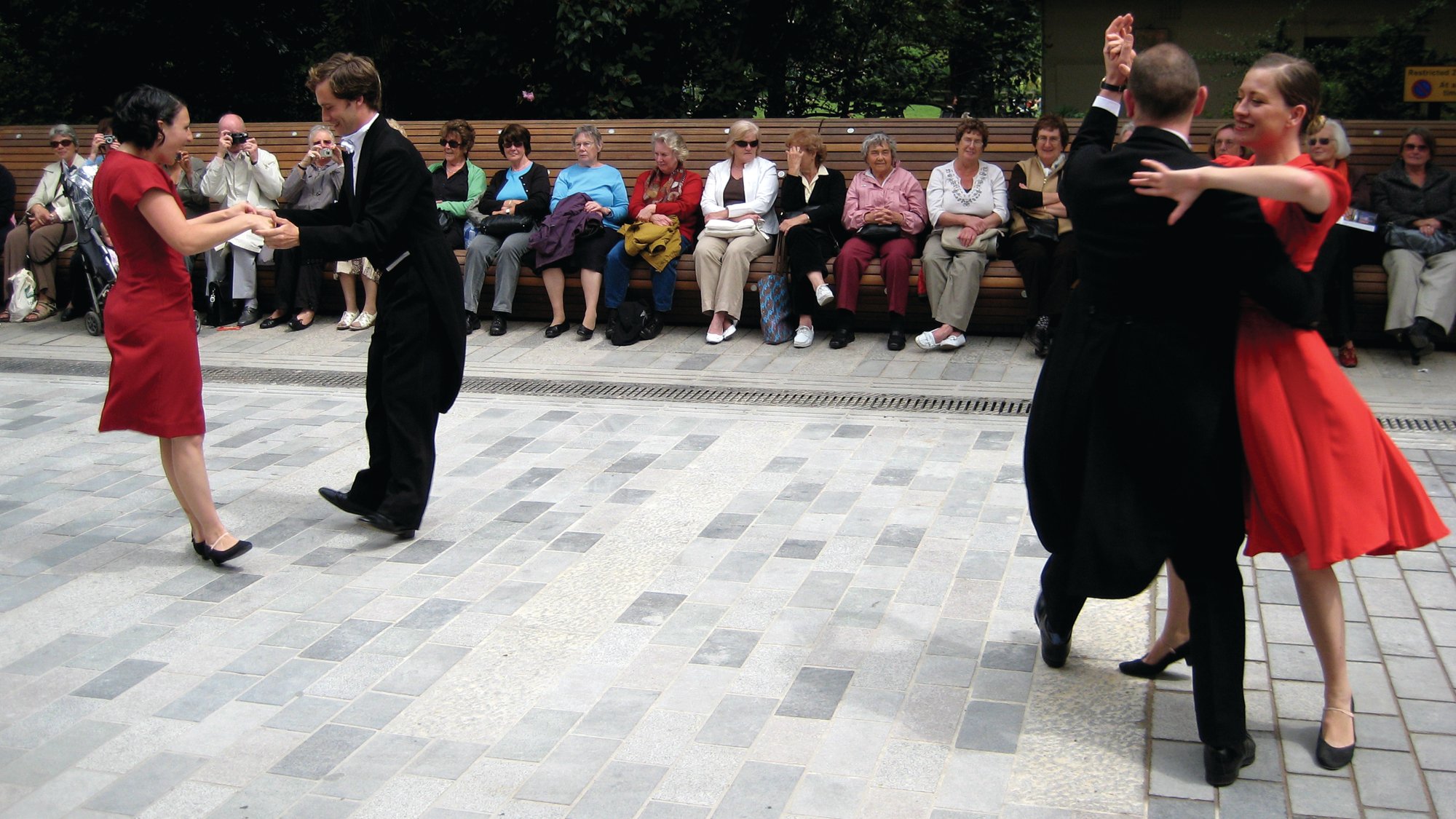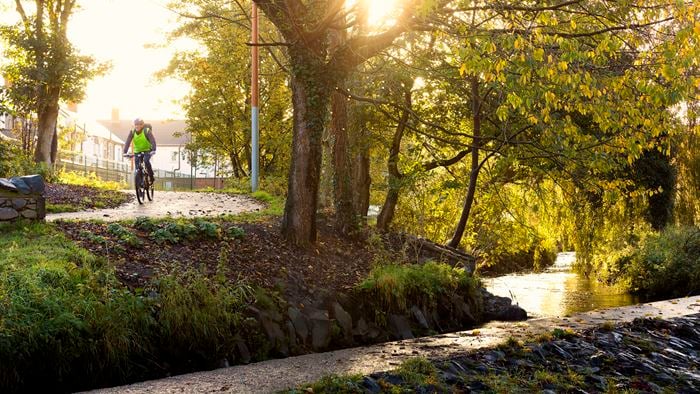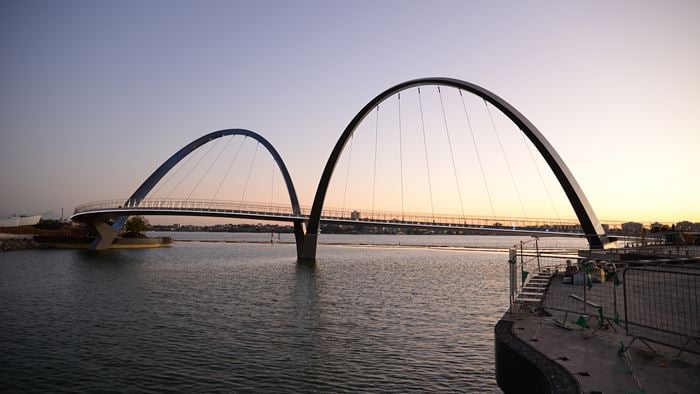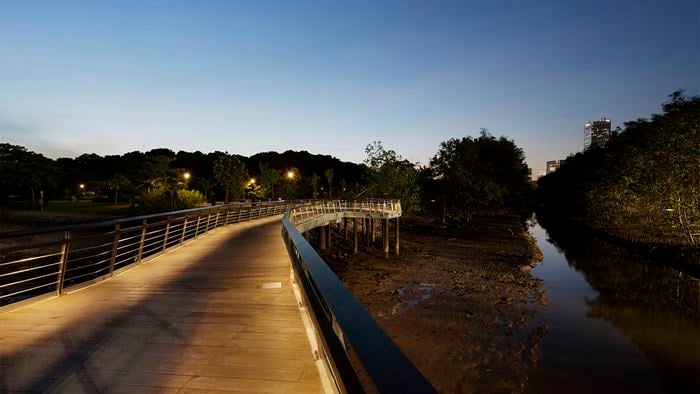Walkable cities are better cities for everyone
In our new report, Cities Alive: Towards a walking world, we shine a light on walking, and the impact walkability has on the success of a city. In particular, we highlight the opportunity for cities to embrace walking in response to some of the significant societal, environmental and market challenges they are facing.
“From 70 years of practice we know that a walkable city is a better city and that the more we walk the better the city in every respect. ”
Gregory Hodkinson Former Chair of Arup Group
The report demonstrates the significant social, economic, environmental and political benefits of walking. The health benefits of walking are well-known, an active lifestyle dramatically reduces the likelihood of chronic disease. But there is so much to be gained from encouraging walkability. A walkable city improves mental health, reduces inequality, attracts inward investment, it improves urban micro-climates. As you can see from the illustration below, these are just a few of the 50 benefits we have identified when walking is placed at the heart of urban mobility.
Why walkability needs attention
Mobility is intrinsic to the quality of life experienced in cities. But for the past century, the car has dominated how we plan and grow our urban areas. We must now seize the opportunity to place people back at the heart of our cities and drive a human focused approach to the design of the built environment. With a growing desire to create more liveable streets, walkability should be used as a catalyst for developing sustainable, healthy, prosperous and attractive cities.
Cities Alive: Towards a walking world
Highlighting the significant social, economic, environmental and political benefits of walking, this report details 50 benefits of walking explored through 16 distinct indicative themes, and list 40 actions that city leaders can consider to inform walking policy, strategy and design.
Download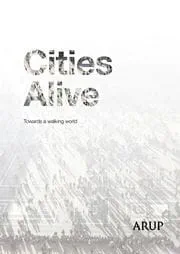
There are so many reasons why walking can better the urban landscape – and cities are now taking active steps to encourage more walking amongst residents, business and visitors. We give the effect the High Line has had on New York as an example of a major city taking steps to encourage people to get from A to B on foot.
“Walking is better for the planet, better for your mind and better for your body. As it becomes more prevalent, we are forced to design public space and corridors to be pleasant and safe at a human scale. It demands thoughtful and pleasing investments in the public realm." ” Penny Hulse Deputy Mayor, Auckland City
What’s next?
Of course, creating a walking world requires action. So how does a city design the built environment to get more people walking? Our report highlights 40 actions that cities can take to inform the design of their own walking policies and strategies; and includes a series of 80 case studies that provide inspiration. Take Madinat al Irfan for instance, which creates a comfortable walking environment for citizens in high heat. Or Singapore’s Marina Bay Waterfront – who worked with Arup to install structures along the promenade that emit fine sprays to counter the humidity. These are just some of the many examples that demonstrate that a walkable city is a better city and that the more we walk, the better the city in every respect.
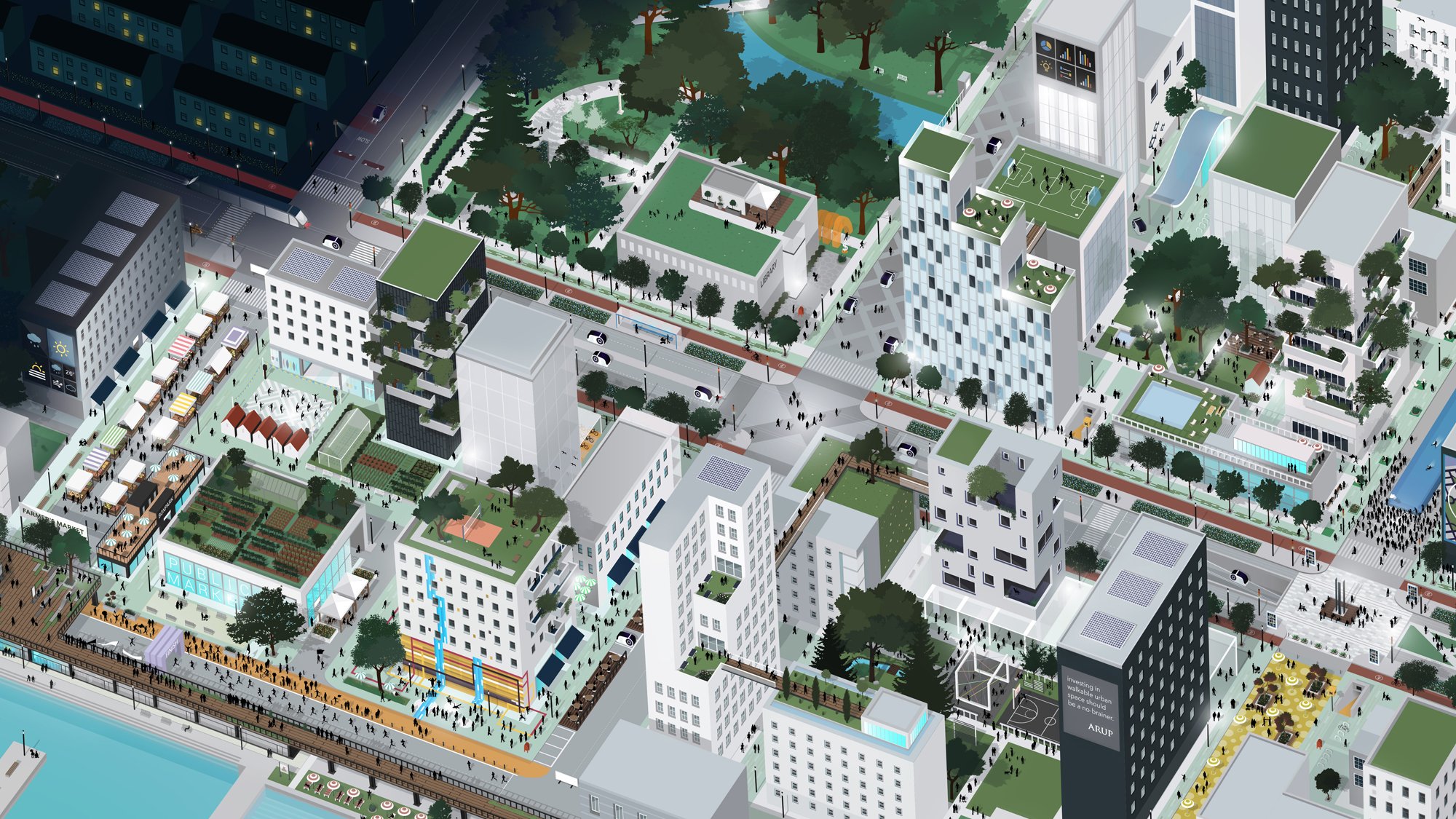 ;
;


